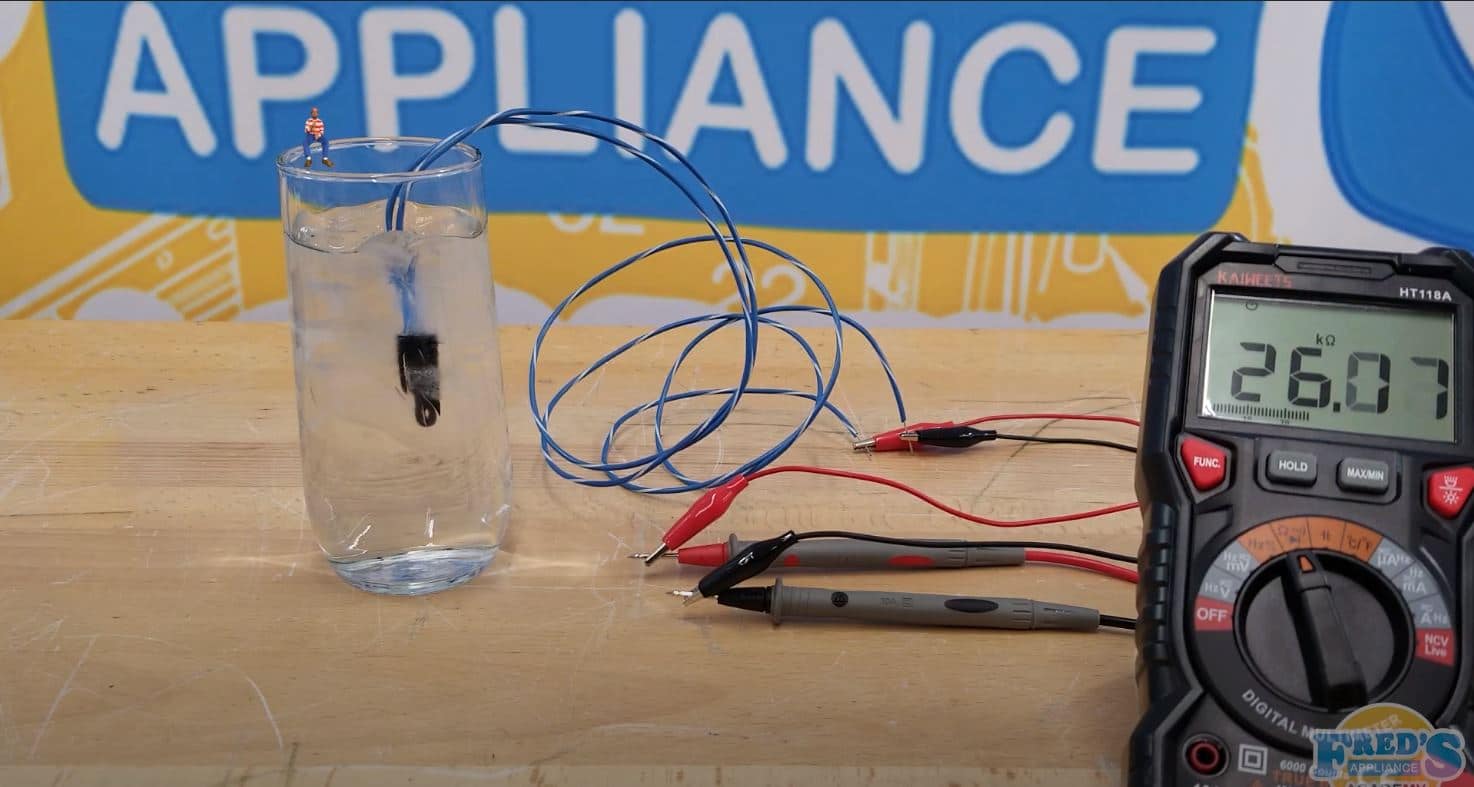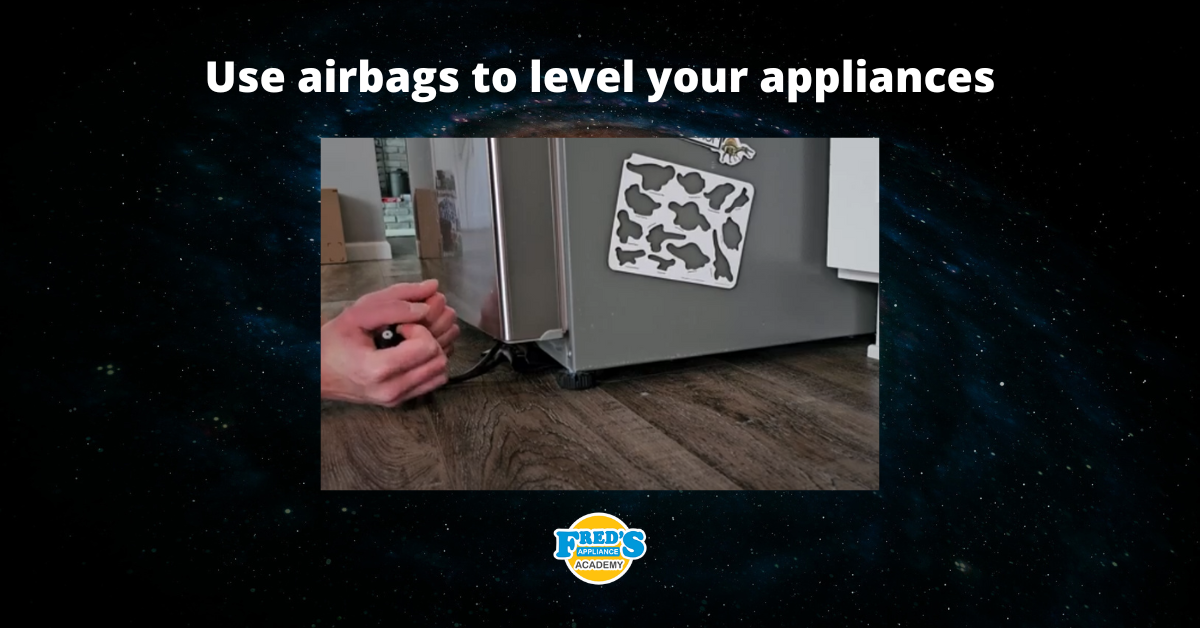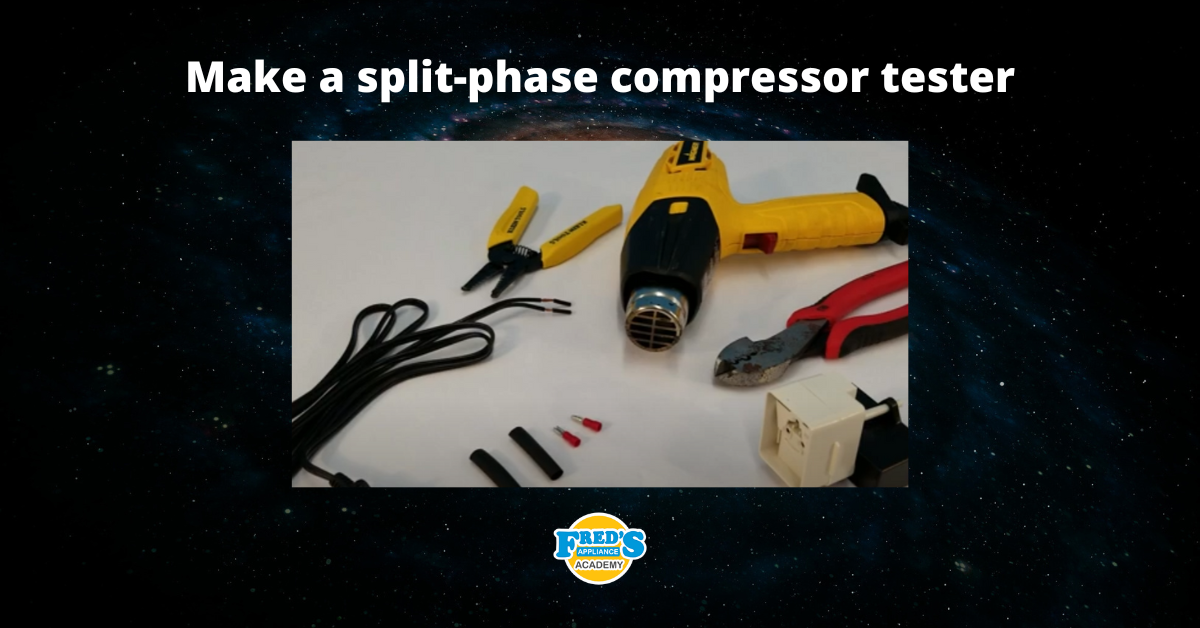
Here, we’re going to be testing a Sub-Zero Thermistor using a glass of ice water. Using ice water’s an extremely accurate test for refrigerator thermistors as it will almost always be exactly 32 degrees. Here, I have the multimeter set to a temperature, and the thermostat that came with it is submerged in the water. The multimeter is reading exactly zero degrees Celsius or 32 degrees Fahrenheit. Next, we will submerge the thermistor while testing its resistance.
To begin, I have clamped on two alligator leads, one going to each wire on the thermistor. Next, we’ll attach the other end of our alligator clips to our meter leads. Here, we can see the thermistor reads about 13,600 ohms, and immediately starts to increase in resistance once submerged into the water. The resistance of the thermistor will continue to rise until the thermistor itself has reached 32 degrees. Following a manufacturer’s chart for the thermistor’s resistance values, we should be able to determine if the thermistor is working correctly. Once the thermistor’s resistance value stops changing, we know that the thermistor has reached a temperature of 32 degrees.
If we reference the manufacturer’s chart for resistance at 32 degrees, we should have a match. If the resistance value of the thermistor is open, shorted, or out of range by more than 10% at any time during this test, it should be replaced. Here, we can see our thermistor reaches a resistance value of 32,330 ohms, which falls perfectly within range. Once the thermistor is removed from the water, its resistance value should immediately start to decrease. If left out long enough, the thermistor should reach room temperature and its resistance value should correlate. This test proves that the thermistor is able to accurately read decreasing temperatures as well as increasing temperatures.

How to test a gas range ignitor

Congrats to our graduating March 2024 class

How to test a 120 volt receptacle

Congrats to our graduating February 2024 class

Why Is Your Dishwasher Soap Not Dissolving? (5 Easy Fixes)

Refrigerator Dripping Water Inside? 5 Quick Fixes

Appliance Industry 2023 Q4 Results

Congrats to our graduating January 2024 class

Clever ways to use airbags to level your appliances



